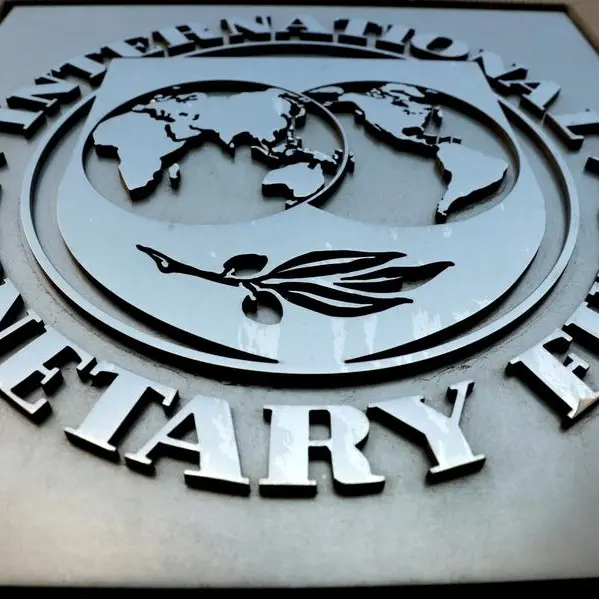PHOTO
Humanity will be close to a momentous milestone by the year 2050, as the global population is expected to near 10 billion, according to the UN’s World Population Prospects report. This population boom will bring with it an array of challenges, driven primarily by an interplay of important demographic factors, such as fertility, life expectancy, migration, and mortality rates.
The report highlights a number of insights that are critical for policymakers to examine. One of the most influential trends identified is the growth of the elderly population and improvement of life expectancy at birth to 77.1 years. By 2050, one in six people in the world will be aged 65 or over, with some regions facing an even higher ratio. This will have significant implications for countries’ healthcare expenditure, infrastructure planning, social care services, and the sustainability of social protection systems.
Additionally, global fertility rates are expected to drop to 2.2 by 2050, resulting in dwindling population sizes due to inadequate replacement rates. At the same time, the working-age population percentage is expected to decline, putting more pressure on governments to maintain public healthcare services, pensions and social care for the elderly as income taxes and pension contributions diminish. By 2050, 48 countries are expected to have lower potential support ratios, which will affect labor supply, productivity, migration policies and economic performance.
All of these factors will shape an unprecedented set of challenges by the year 2050 with regards to education systems, healthcare services, social protection systems, and sustainable food systems. Though the future remains uncertain, we can certainly plan and be ready for it. Doing so will ensure we can imagine and shape a better future for humanity in the face of these complex scenarios.
To begin with, it is imperative to conceptualize a desired demographic mix that highlights the preferred fertility and migration rates that achieve adequate population replacement ratios, maintain the right size working-age populations through migration programs or family friendly policies, and care for the elderly segments. Many countries, such as Singapore, Japan and Australia, have already envisioned future demographic goals and are working diligently to achieve them through numerous pre-emptive policies.
It will be imperative to prepare skilled and dynamic workforces that will be ready to take on future jobs, devise innovations and technologies, and manage complex challenges. Thus, governments need to regularly publish a priority list of sectors and jobs so that graduates are better guided in their educational journeys and career choices. Governments need to also work toward providing accessible and quality education to students by offering scholarships, affordable online learning programs, free digital libraries, and lifelong learning resources that enhance their employment opportunities. It will be especially important to introduce well-being programs within schools that instill a sense of purpose, resilience and imagination among students.
With regards to healthcare services, many governments have put in place preventive care programs to reduce the rate of chronic illnesses in old age. It will also be vital to invest in critical research and development programs to ensure effective and affordable treatments for various illnesses. Increasingly, technological efficiencies will assist in creating sustainable and cost-effective healthcare systems. Transferring the care responsibilities to people through self-care plans, well-being programs that boost health and happiness, and self-monitoring applications can alleviate the pressures of traditional care settings, from hospitals to clinics and daycare centers. It will also be important for nations to have well-managed plans for handling communicable diseases.
In order to sustain social protection systems, it will be vital to establish investment funds that are managed by professional investment firms and can deliver positive yearly returns on investment. Successful case studies include the Canada Pension Plan Investment Board that oversees pensioners’ contributions and Singapore’s ComCare Fund for social programs. Many countries are also encouraging employees to invest with wealth management companies in order to achieve their financial goals and boost their retirement funds.
Another important measure is the rollout of financial literacy programs within schools and the wider community. Furthermore, as life expectancy is expected to increase, many countries are planning to increase the retirement age, leaving employees with better financial security and increased contributions to pension funds. For countries with declining population rates, investing in technology efficiencies and artificial intelligence will be key in boosting worker productivity. This is the case with Japan’s “Society 5.0” strategy, which incorporates advanced technologies in different industries and social activities to boost efficiencies and create value. Most importantly, it is vital that gender equality policies are implemented in order to increase women’s employment, thereby multiplying contributions to pension funds.
Expanding populations will put pressure on food systems to provide sufficient, affordable and accessible sources of food for the world. Conducive agricultural policies and investments will need to be undertaken in order to secure the required food production levels. Technological advancements can certainly improve agricultural productivity and reduce soil degradation. A special policy regarding fisheries management would need to be enforced as well. Consumers should also be encouraged to adopt healthier, more sustainable diets. More importantly, it will be critical to reduce food wastage through awareness programs that target consumers, retailers and farmers. Overall, climate change policies will be increasingly necessary to safeguard a better future.
To navigate through these many uncertainties, governments need to engage in diligent foresight activities to gain an insight into what the future might hold. The critical questions in the years ahead will be how to address these uncertainties in the most innovative ways possible, so that we are ready to face a better world by 2050.
- Sara Al-Mulla is an Emirati civil servant with an interest in human development policy and children’s literature. She can be contacted at www.amorelicious.com.
Copyright: Arab News © 2021 All rights reserved. Provided by SyndiGate Media Inc. (Syndigate.info).












